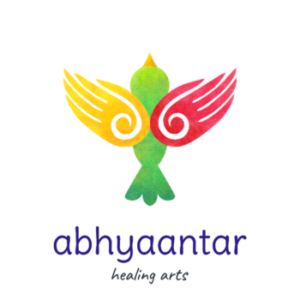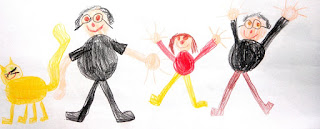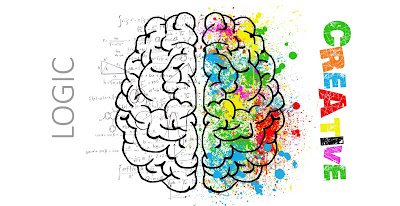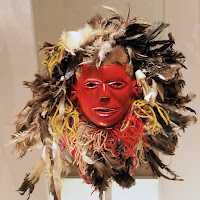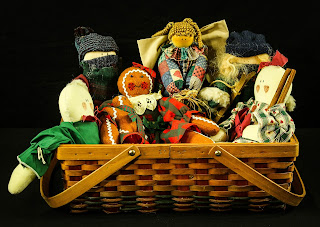Let me lay it out for you upfront – ART IS OUR NATURE, ART IS FOR EVERYONE. (When I mention art, I’m actually referring to any creative endeavour like composing music, singing, writing poetry, dancing, acting or anything else that appeals to your idea of creativity).
Remember the time (for most of us, in school) when a teacher, parent or someone else of authority looked at your artwork and said “Hmm, it’s nice, but you can do better” or “Why don’t you try your hand at something else?” or even a non-verbal rejection when a classmate’s creation was appreciated for its beauty or perfection? That moment of disapproval is what spurred your longlived love-hate relationship with art. It was a trap that made you believe art was only for a chosen few, who were probably ‘born’ with the talent! You caught yourself quietly doodling in your class notebook from time to time or drawing caricatures of your teachers or dancing in front of the mirror or singing in the privacy of your closed room, but never really ‘owning it’.
Now, as most of you have grown up and possibly become parents, you realize the importance of holistic development opportunities for a child. You want to create a world where children are able to achieve their highest potential by not only developing their logical left brains, but also their creative right brains. There is emphasis on all kinds of unconventional creative activities for children. Yet, how often do you stop and think about applying these same ideas to your own inner child?
As human beings, what sets us apart from all other species is our ability to be creative, to use our imaginations and leave an expression of ourselves in this world. That is our very nature. The human race has been creating art across all cultures since time immemorial (African rock paintings circa 25,000 BC), in fact even before we ‘created’ words! Which also means that when words fail us, or when we do not know how to fully articulate in words (in case of children, for instance), art can still help us communicate.
Still not convinced? Here are some more reasons for you to consider waking up that little child inside you who went into hiding many years ago.
Art has been used as a means for healing since ancient times:
From the tribes of Africa to the Shamans of Native America to Christian, Buddhist and Hindu traditions, creative expression and symbolism has been a common thread to unify the mental, physical and spiritual levels of awareness. Hindu idols and African figurines of deities; performances involving song and dance combined with costumes and storytelling; ceremonies and rituals using power objects and paintings; these are all some examples where art becomes a vehicle to facilitate connection with the metaphysical and mystical.
Art provides a safe way for you to express your deepest feelings and emotions:
Want to gain insight into your feelings of fear and helplessness? Try painting an image of yourself on a boat in the middle of a storm. Feeling angry? Tear up pieces of paper and transform those pieces into an artwork, or create a playlist of music that expresses those feelings for you. Even better, move to the music! Experiencing self-judgement? Engage in a written dialogue with your inner critic. Through these symbols and metaphors you will not only express your difficult feelings in a safe manner, but will even gain important insights along the way.
Art takes you away from your helpless situation into a zone of playfulness:
All of us have experienced a difficult life situation at some point, when feelings of helplessness and despair fill us, and we feel there is no room to wiggle our way out. In such a situation, entering a creative zone brings about a mental shift. Engaging in artistic expression brings us into a meditative state or a state of ‘flow’ which provides distance from our overwhelming feelings. Since creativity triggers imagination, we are also able to explore and discover alternate possibilities and solutions.
Art gives external form to your feelings:
When we shift the emphasis from creating a beautiful product to giving authentic expression to our innermost feelings, desires and struggles, something wonderful happens. Writing a poem about your resilience or making a puppet symbolizing your ideal self, can not only serve as a reminder of your strength in difficult times but also as a source of inspiration to keep you going.
Art speaks to all levels of awareness:
When we go through an experience, it is stored in multiple levels of our awareness – the mental (through images, memories and associations), emotional (feelings) and physical (through sensations, body posture, gestures etc.). Art can tap into each of these levels and give them expression. Some examples – Exploring your dreams or memories through journaling or storytelling, acting out your feelings through drama and creating a body map of your physical sensations, like pain and tightness.
Additionally, art brings forth messages from our unconscious minds. Intuitive or automatic writing and drawing; free association of images and words are some ways of accessing and healing unconscious emotions and patterns.
Thus, by giving expression to all levels of awareness, art has the ability to make us feel whole.
In the end, I want to leave you with some food for thought from noted author Neil Gaiman’skeynote address delivered in May of 2012 at Philadelphia’s University of the Arts –
“The one thing you have that nobody else has is you. Your voice, your mind, your story, your vision. So write and draw and build and play and dance and live as only you can. The moment that you feel that just possibly you are walking down the street naked…that’s the moment you may be starting to get it right.”
And, this fantastic illustration by Zen Pencils from the same speech.

Inspired enough to rethink your relationship with art?
